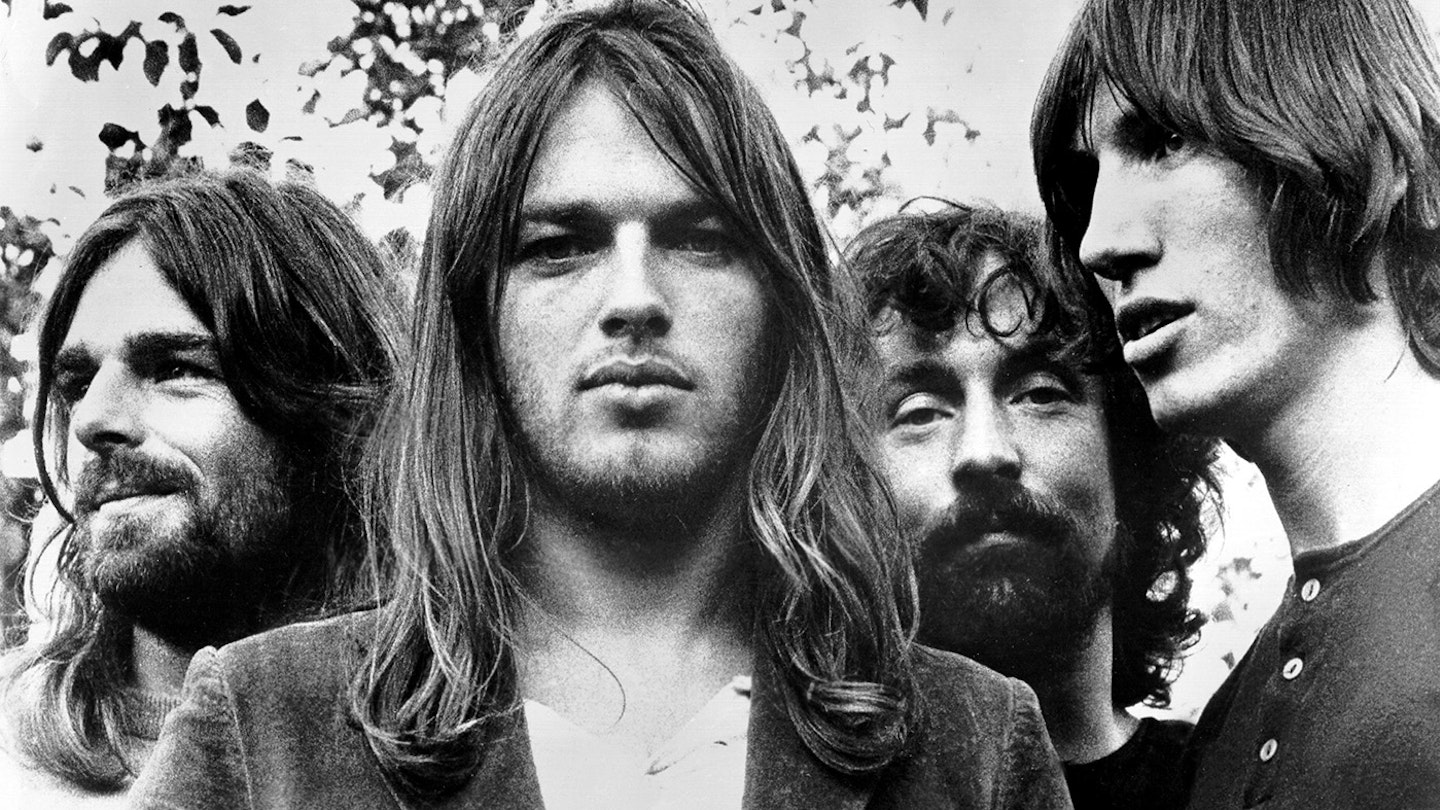Drummer Nick Mason once described Pink Floyd as “the last of the gifted amateurs”. To a generation that went pop with The Beatles, they’re archetypal muso pioneers who elevated rock into a refined late 20th century art form. Today, they’re more likely regarded as the mature listener’s Radiohead. There’s merit in all three perspectives.
But first impressions stick hard, and for some Floyd remain the first and last of the great European psychedelic acts – house band at UFO in ’67, and the inspiration for numerous Kraut- and space-rockers. And for a band that prided itself in anti-star anonymity, the original Floyd frontman Syd Barrett was a poster-boy for acid rock and, later, a textbook freak-scene casualty. His traumatic breakdown was both the breaking and the making of Pink Floyd, his subsequent alienated state the inspiration for so much of the band’s later and greatest works.
Barrett’s departure, after just one album, robbed the Floyd of its star and songwriter. With his replacement, Cambridge pal David Gilmour, joining fellow Cantabrigian Roger Waters (bass), Rick Wright (keyboards) and Mason, the group won a reputation as a technologically advanced concert attraction, though it wasn’t until 1971’s Meddle that they hit on the sophisticated, melodic style that became their trademark.
1973’s The Dark Side Of The Moon captured this and the group’s abiding themes perfectly. It launched Pink Floyd into superstar territory, and that’s where they stayed, even seeing off punk rock with 1979’s antagonistic The Wall. By now, Waters was running the show, prompting tensions that saw band-members concentrate on solo projects after 1983’s The Final Cut. Regrouping as a trio without Waters for 1987’s A Momentary Lapse Of Reason and 1994’s The Division Bell, the classic quartet reunited for the Live 8 concert in 2005, though Wright’s death in 2008 and the recent resumption of hostilities between Waters and Gilmour means there’ll be no full-scale repeat. Remember them this way...
15.
The Endless River
Parlophone, 2014
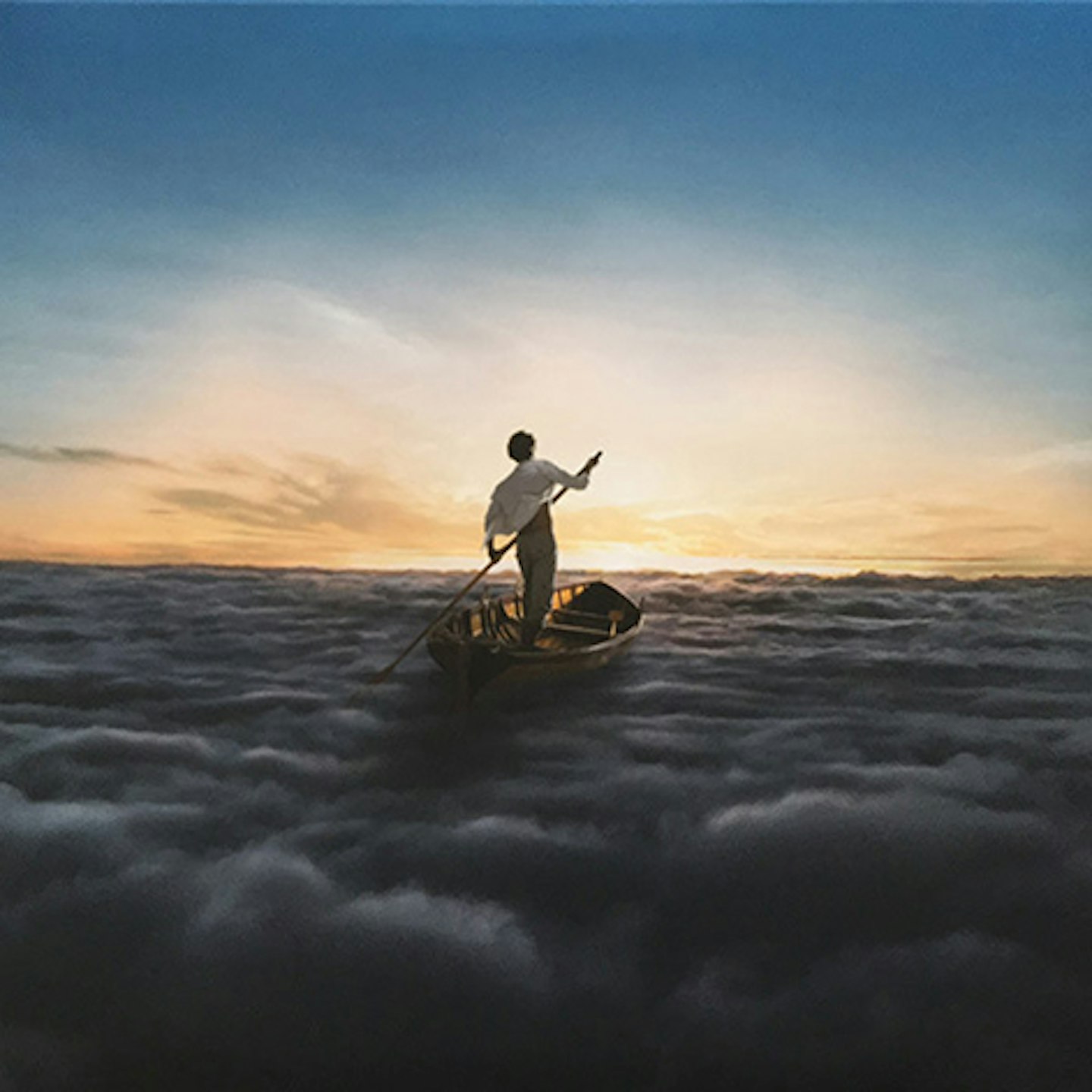
In July 2005, the classic Pink Floyd line-up including Roger Waters regrouped for the first time in 24 years at the London leg of the Live 8 charity spectacular. However, the death of Rick Wright in 2008 drew a line under any residual hopes for a future Pink Floyd album. His passing did, though, prompt David Gilmour and Nick Mason to revisit tapes made by the trio during the making of 1994’s The Division Bell. An hour of material was salvaged and assembled into four parts, partly to emphasise the Floyd’s role as champions of ambient music, partly to spotlight Wright’s contribution to the group. “His playing was at the heart of the Pink Floyd sound,” Gilmour acknowledged as the album debuted at Number 1 in the UK.
14.
A Momentary Lapse Of Reason
EMI, 1987
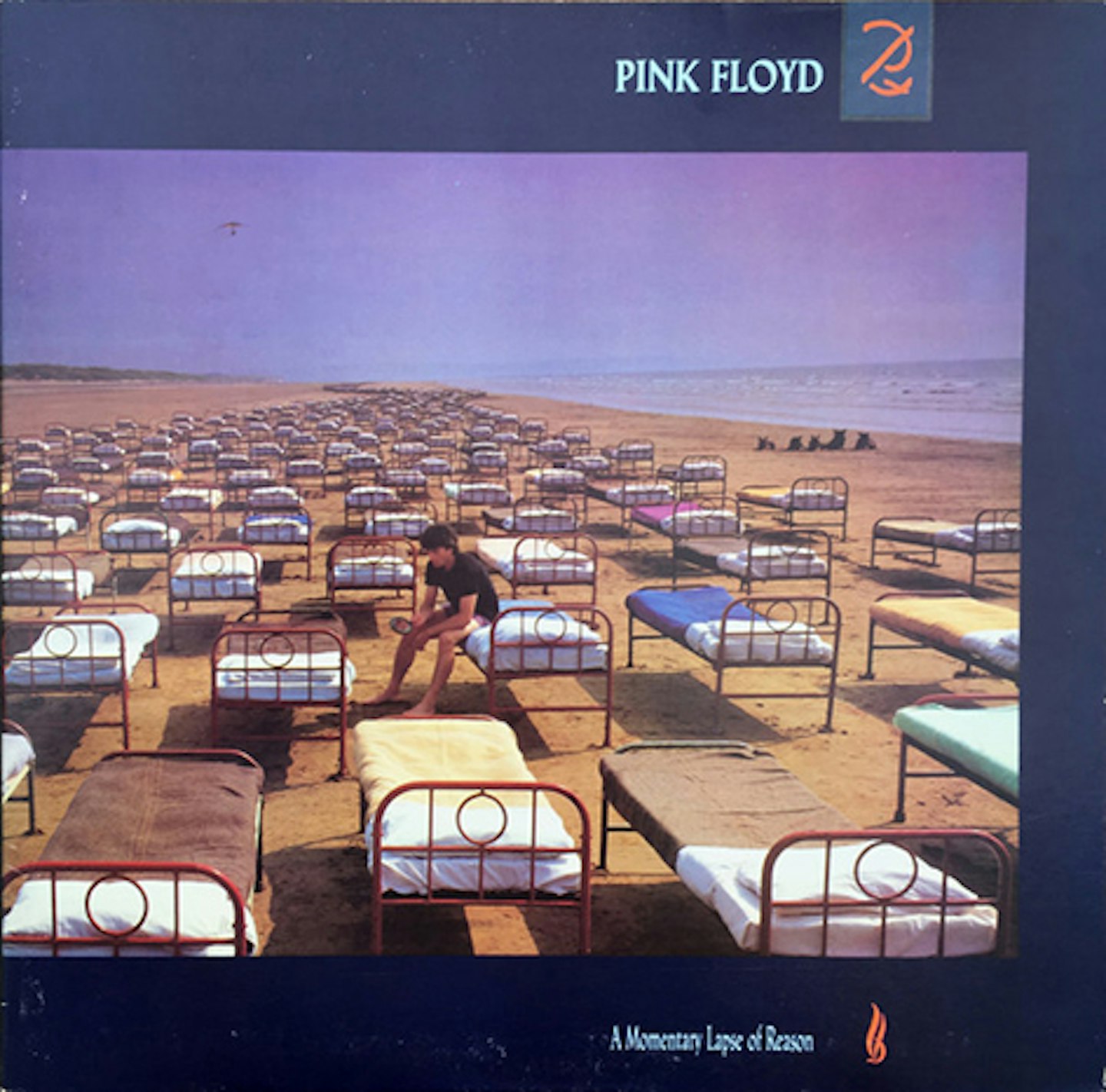
Though Waters had departed in 1984 thinking Pink Floyd were over, Gilmour was determined to keep the group going, even if Nick Mason was his only official accomplice, with the sacked Rick Wright reinstalled on a ‘hired hand’ basis. To plug the gap, Anthony Moore helped turn the guitarist’s thoughts into lyrics, The Wall co-producer Bob Ezrin was back and more than a dozen supplementary musicians chipped in. Mostly recorded at Gilmour’s houseboat studio, the album marked a return to Floydian themes, with an emphasis on bite-sized songs such as Learning To Fly and On The Turning Away, both pulled off as singles. Dogs Of War showed that Gilmour could bare his teeth too, admitting “We all have a dark side / To say the least”. Nevertheless, Nick Mason felt that the album was “too careful”, a result, perhaps of the threat that Waters might put a legal halt to proceedings at any moment.
13.
Atom Heart Mother
Harvest, 1970
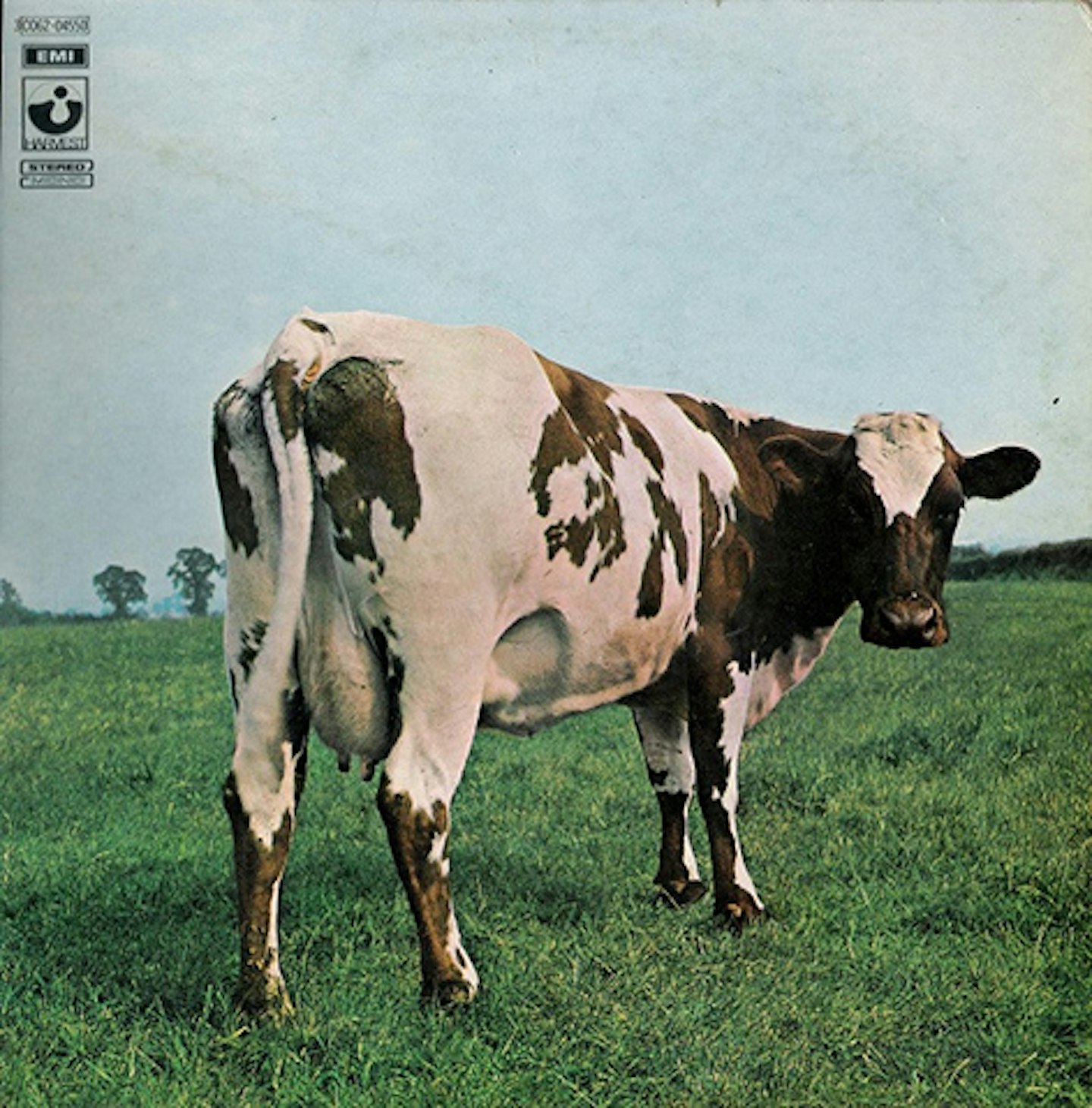
After the throat-clearing Ummagumma, Floyd extended their concept rock reputation with two contrasting lengthy pieces that top and tail this set. The side-long title track, which featured an orchestra, a choir and composer/arranger Ron Geesin, evoked the grandness of The Who’s Tommy and the eloquence of early Curved Air. Set closer Alan’s Psychedelic Breakfast was more in the avant-garde vein with taps dripping and bacon frying, something Floyd occasionally repeated on stage. But what no doubt impressed in the concert hall sounded ham-fisted on reflection, even to group members who disparaged the album. Despite its shortcomings, ‘the one with the cow cover’ gave Floyd their first Number 1 in Britain, confirming their reputation as the country’s leading underground-turned-progressive act.
12.
The Division Bell
EMI, 1994
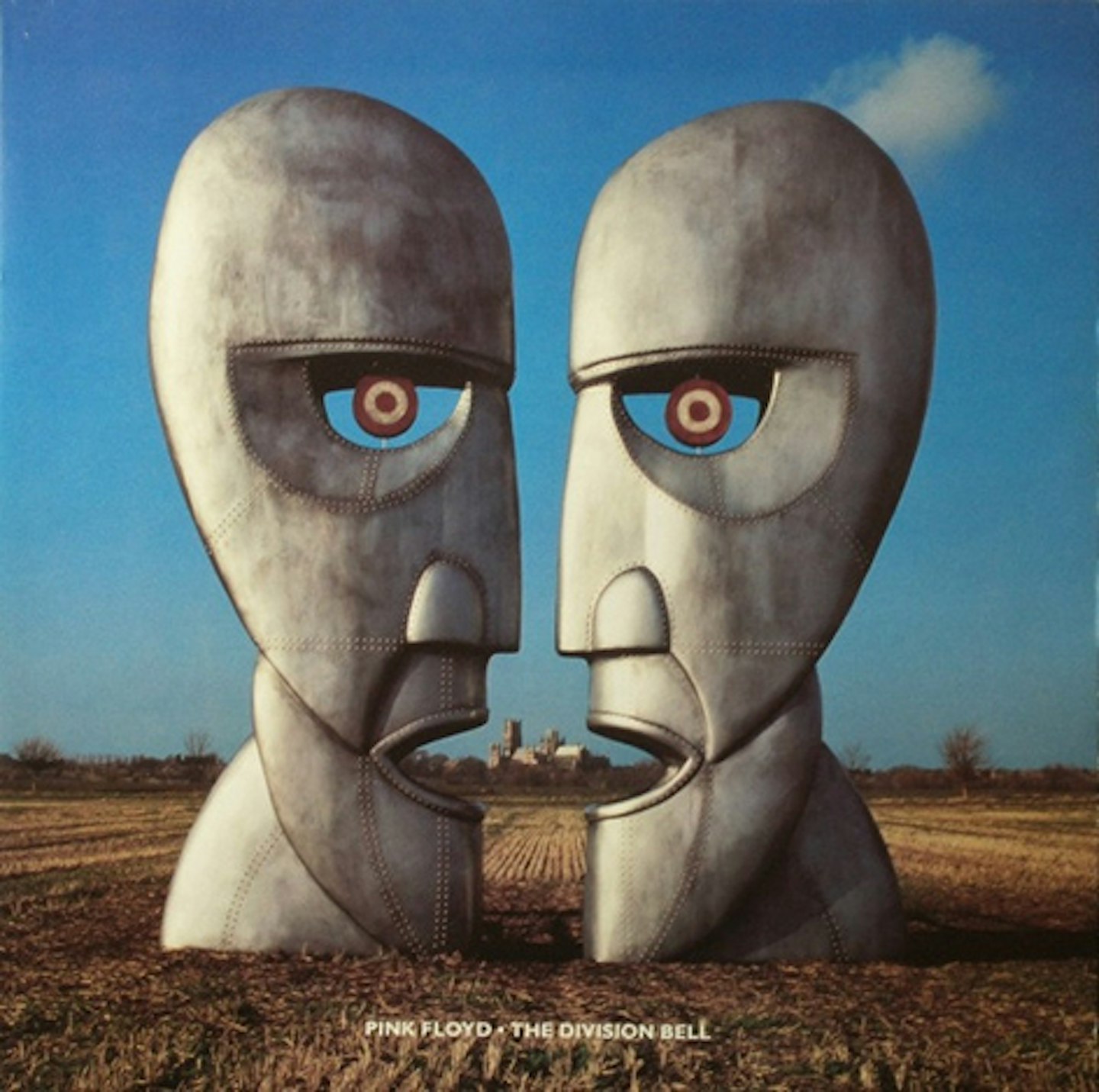
From the opening instrumental, Cluster One, The Division Bell sounded more assuredly like a Pink Floyd album than most had done since Animals in 1977. Gilmour, Wright and Mason worked more harmoniously than they’d done in years, amassing dozens of musical ideas during the first few weeks of sessions. If the album had communication as an overall theme, it was probably best expressed on second song, What Do You Want From Me, an impassioned blues with lyrics by Gilmour’s soon-to-be wife Polly Samson. Most Floydian of all was the closer, High Hopes, inspired by Gilmour’s pre-band days in Cambridge, containing references to early songs Bike and See Emily Play, a time when “The grass was greener / The light was brighter”.
11.
Obscured By Clouds
Harvest, 1972
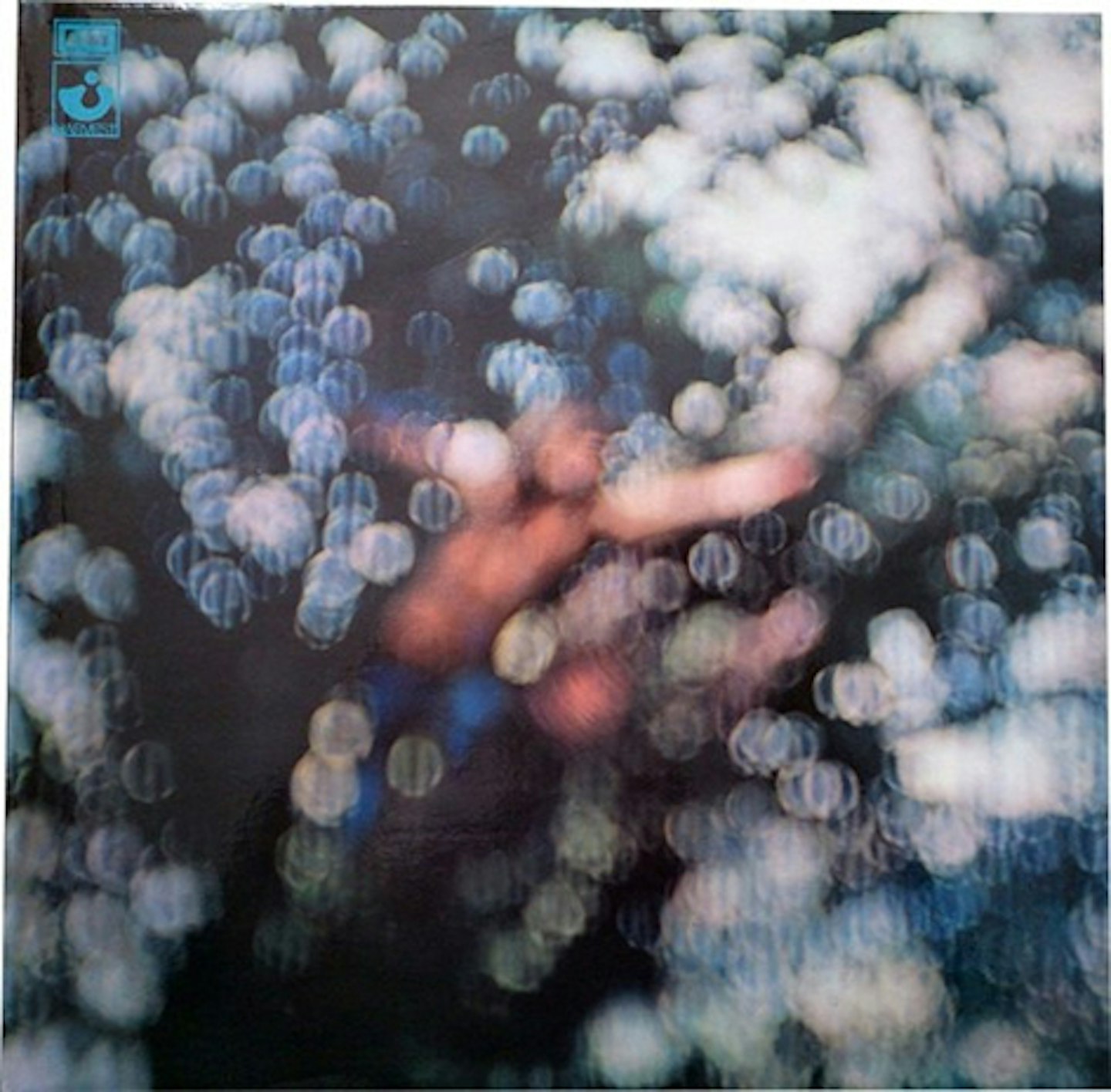
Following 1969's More, Floyd's second soundtrack to a Barbet Schroeder film, La Vallée, was recorded while the band worked up what would become The Dark Side Of The Moon. Like the first, the predominant sound is acoustic, with Burning Bridges very much the key collaboration here. Written by Waters and Wright, with Gilmour adding warm, Peter Green-like guitar touches, the song is characteristic of the languid early ’70s Pink Floyd sound. There are surprises too. The Gold It’s In The… sounds like a Sweet Jane pastiche, Free Four, a happy song about death” according to one reviewer, was US-style rock with a glimpse of future Floydian themes.
10.
More
EMI Columbia, 1969

David Gilmour’s contributions to _A Saucerful Of Secrets_indicated he’d make an easy fit after Syd Barrett’s departure with one reservation – he was not a natural songwriter. Barbet Schroeder’s invitation for the group to deliver the score for a counterculture film about heroin addiction came at the right time, giving the group a space in which to explore new musical directions. Besides, the Floyd’s instrumental work lent itself to soundtracks. Three strands emerged: a first side dominated by melancholy, mostly pastoral Roger Waters material; several mood music instrumentals; and a flirtation with power trio dynamics on The Nile Song and its twin, Ibiza Bar. It’s worth noting that Waters’ The Crying Song shares some similarity with Syd Barrett’s solo song Opel, taped around the same time.
9.
The Final Cut
Harvest, 1983
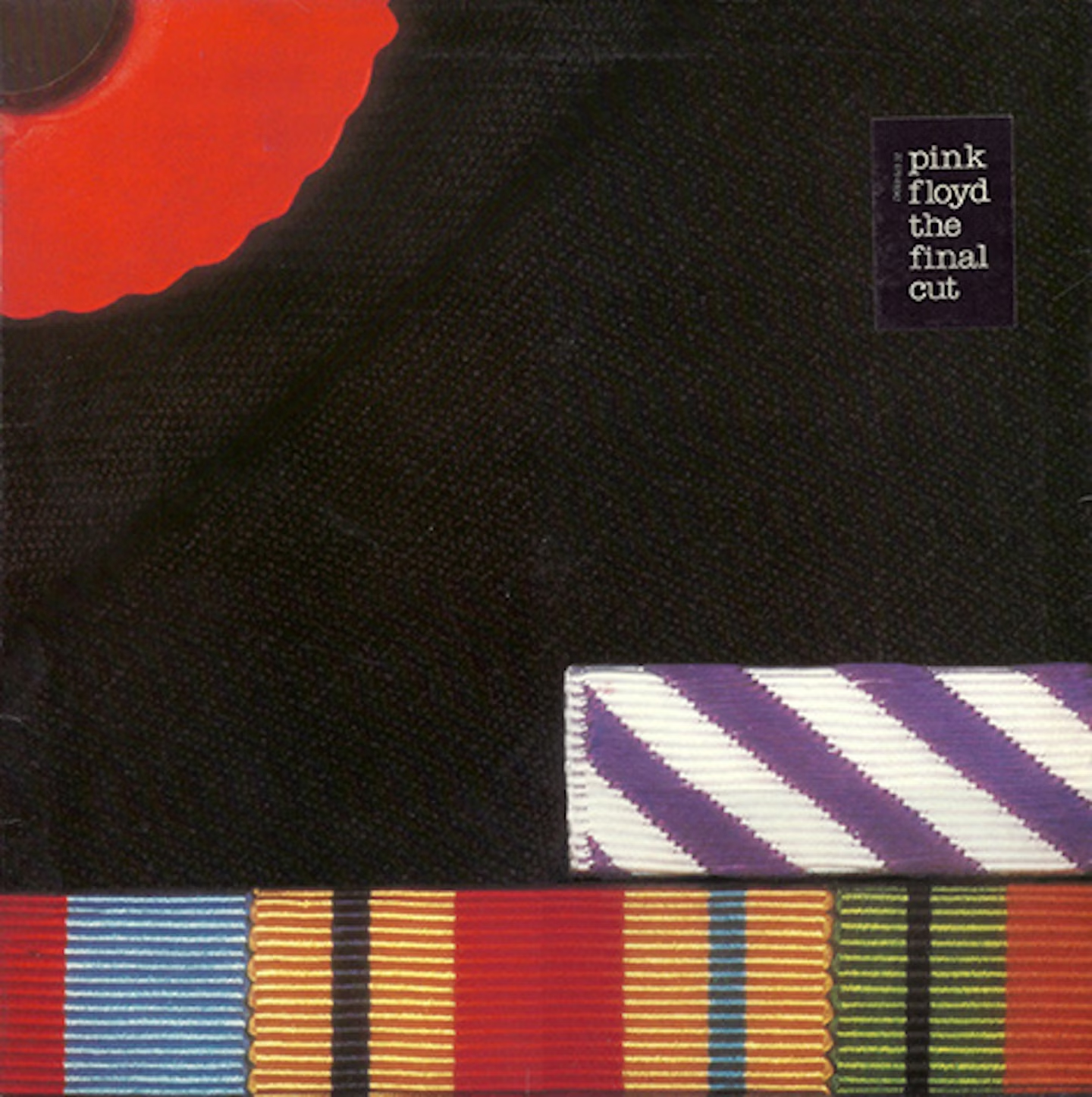
Initially, The Final Cut was to be a supplementary set to The Wall titled Spare Bricks. Then, in what would later turn out to be a critical moment in Roger Waters’ life, he rewrote it as a concept album concerning the betrayal of the postwar consensus concerning overtly liberal and internationalist values. At times, Waters’ righteous indignation at the “overgrown infants” made him sound like an ageing punk rocker backed by a thick, tough sound that sounded nothing like Pink Floyd. After all, Rick Wright had been sacked, Nick Mason was barely present and David Gilmour reduced to just one (joint) vocal, on Not Now John. Lambasted by many in its time, The Final Cut sounds a lot better now the world has caught up with Waters’ ire.
8.
A Saucerful Of Secrets
HARVEST, 1969
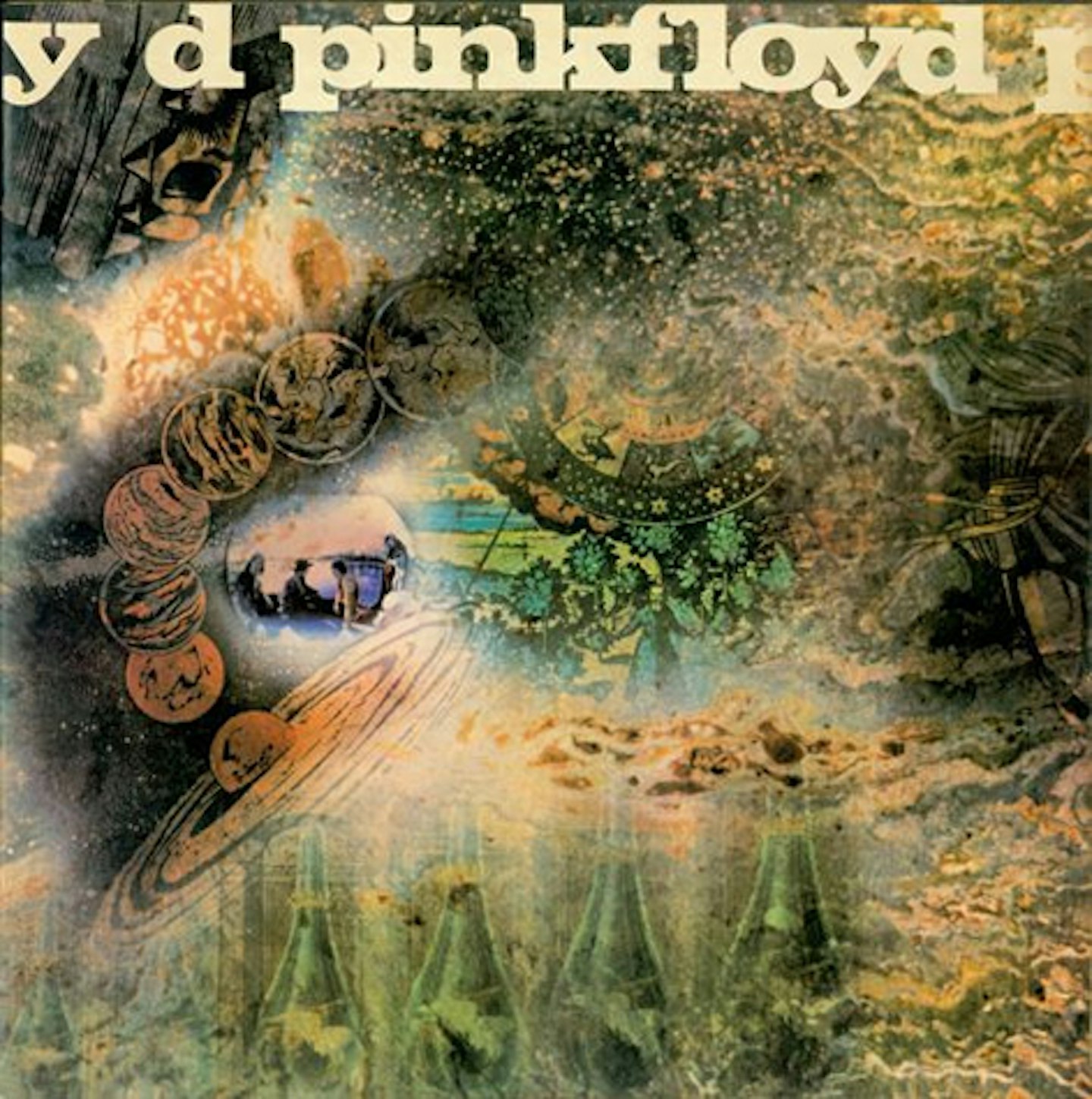
Floyd’s second album, and the first with David Gilmour, finds them inching their way beyond Barrett-style psychedelia towards an uncertain future. More rock than pop, it again picks up the interstellar theme (something Waters denies) with the dronal riff-rock of Let There Be More Light and Waters’ own Set The Controls For The Heart Of The Sun. Surely the band’s most democratic studio set, A Saucerful… finds room for Rick Wright’s Syd-shaded Remember A Day and See-Saw; the epic, three-movement title track, meticulously mapped out by ex-architectural students Waters and Nick Mason; while Barrett makes a valedictory cameo on the fragmented and surreal Jugband Blues.
7.
Ummagumma
HARVEST, 1969
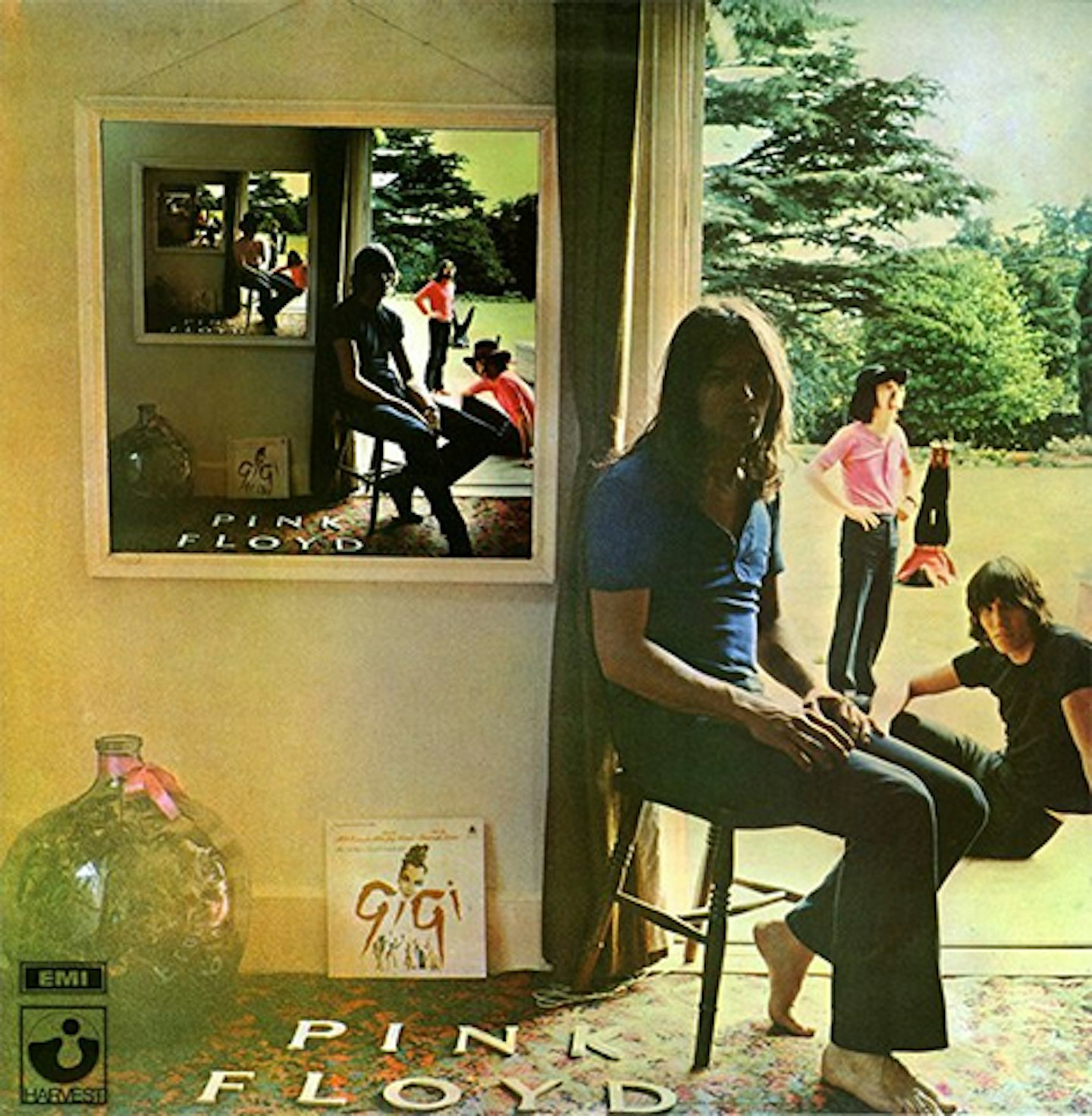
Two sides of this double album were a revelation; the remaining two an indulgence. Live, late-’60s Floyd had become a formidable post-psychedelia force, the loss of Barrett erased by their rebirth as accomplished masters of cosmic rock constructs. The Piper… fave Astronomy Domine sounds even more otherworldly here, while nightmarish drone-rock yellathon Careful With That Axe, Eugene no doubt gave Hawkwind a few ideas. A pity, then, that the stunning concert material was diluted by a second disc where each member was given half a side to parade his individual talents. It might have fed a few egos, but fans were left hungry for the return of the collective Pink Floyd consciousness and all that entailed.
6.
Animals
HARVEST, 1977
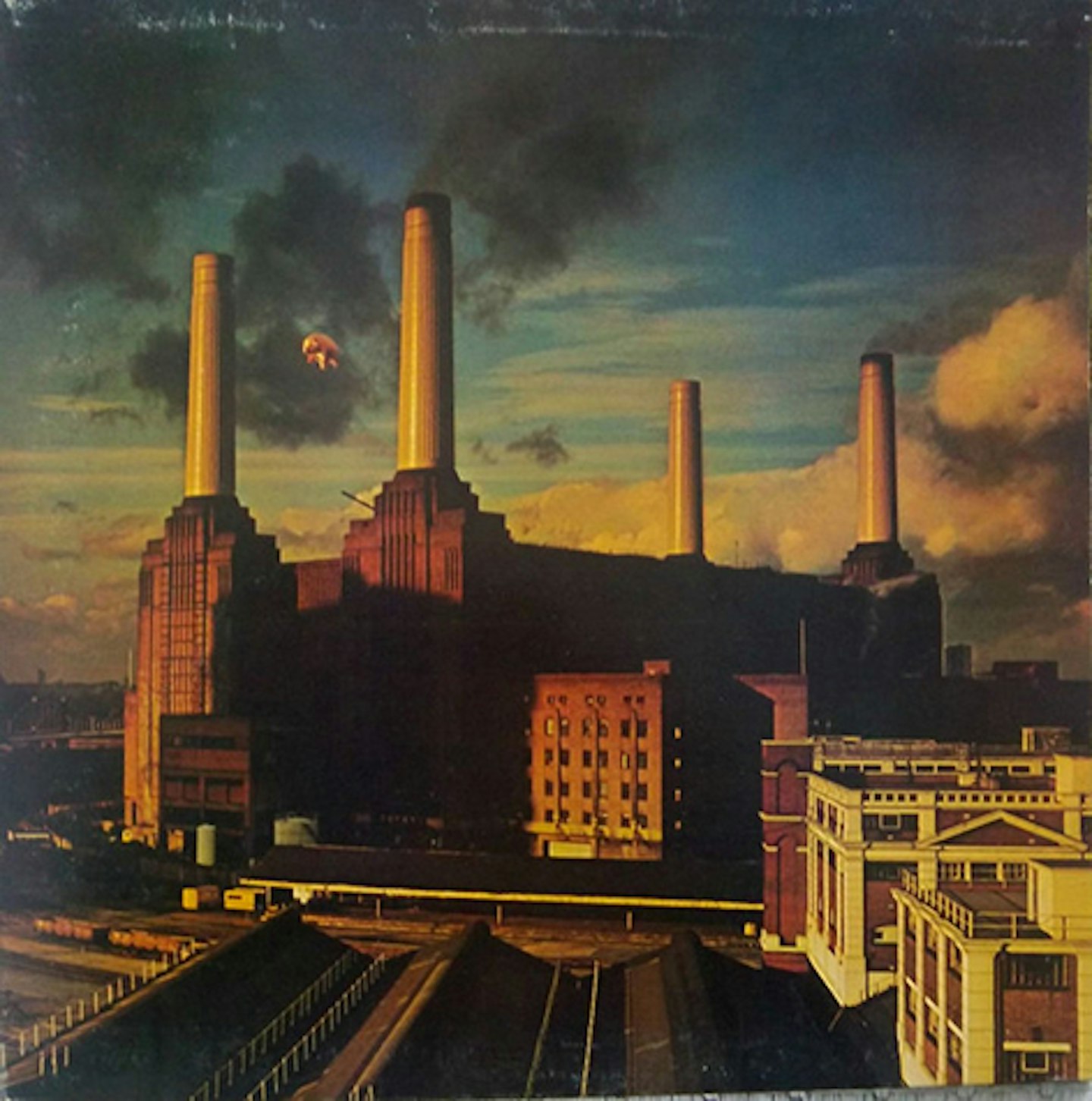
With each success, Pink Floyd – or, more accurately, lyricist/driving force Roger Waters – grew increasingly disillusioned, and never more so than on this tough, attack-minded set. The recent emergence of punk, which threatened to undermine everything the band stood for – Johnny Rotten’s customised ‘I Hate Pink Floyd’ T-shirt said it all – only served to intensify Waters’s bleak, Orwellian world view. Handbag-wielding moralist Mary Whitehouse is clearly the target on Pigs (“You got to stem the evil tide, keep it all on the inside”), while the agitated drone-rock of Sheep chides the passivity of the masses, and Dogs – “And you believe at heart that everyone’s a killer” – expresses the misanthropic tone more generally.
5.
The Wall
HARVEST, 1979

Widely regarded as Waters’s masterwork, a view reinforced by the later big-screen version, The Wall wraps up all the Floyd’s prevailing themes and presents them storybook style. From the cruelties of war and childhood to alienation, manipulation and the chasm between band and audience, it’s all here in one big Gerald Scarfe-designed metaphor. With Waters calling the shots, and Rick Wright falling through the band’s internal cracks, it’s Gilmour who delivers the most Floydian cut, Comfortably Numb. But with a Number 1 single – Another Brick In The Wall, Part 2 – and producer Bob Ezrin supervising the orchestrations, this radical departure won a new generation of admirers.
4.
Meddle
HARVEST, 1971
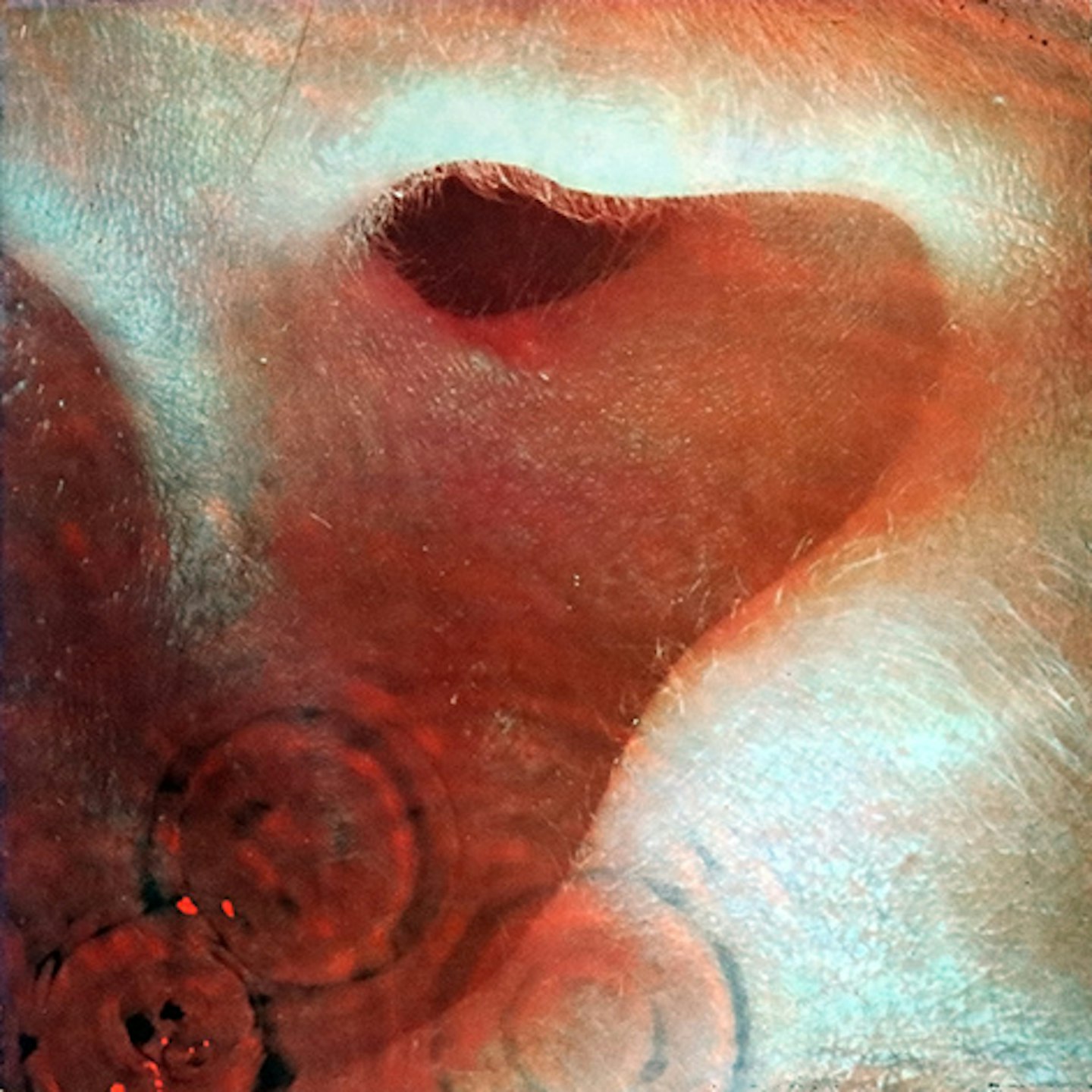
After the grand folly of Atom Heart Mother, the Floyd reined in their orchestral ambitions, relying instead on creating textured work using their own instruments. The result was Echoes, a masterful, side-long piece that propelled the mysticism of late-’60s Hendrix and Donovan into new realms of sonic sophistication. It was a significant breakthrough – blissful yet melancholic, intricate yet melodic – and remains a peak in the band’s career. But the panache couldn’t be sustained across two sides. Opener One Of These Days was a dynamic drone-rock chiller, but featuring Steve Marriott’s dog as vocalist on Seamus only confirmed the band’s desire to resist album-length greatness.
3.
Wish You Were Here
HARVEST, 1975
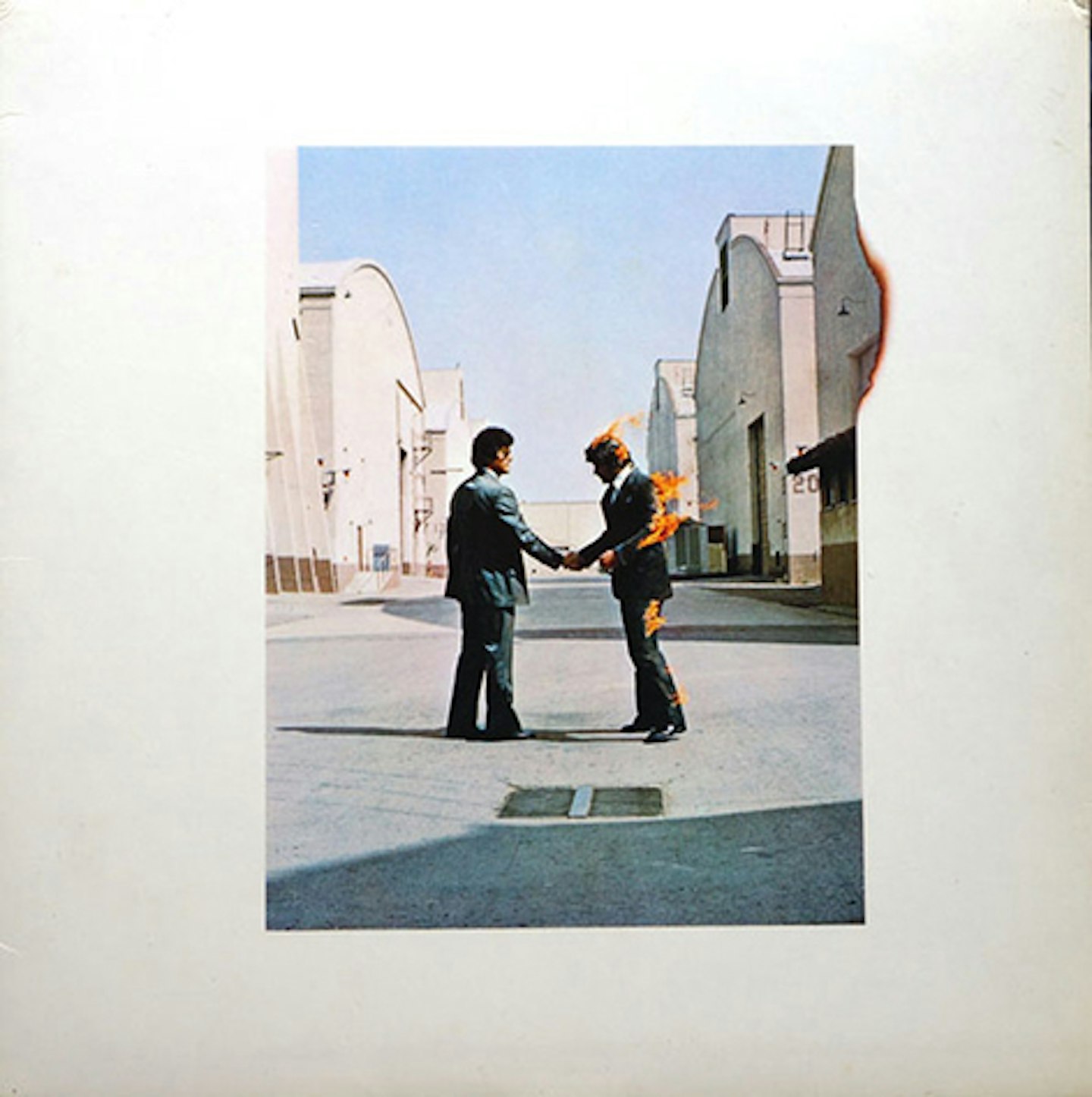
Having considered an album of sounds made with household instruments, Floyd debuted three songs in concert in November 1974. That just one of these, Shine On You Crazy Diamond, made it onto this hugely anticipated set testifies to the creative uncertainty prompted by the enormous success of The Dark Side Of The Moon. While that had explored madness in a general sense, Shine On… (“you painter, you piper, you prisoner”) purposefully invoked Syd Barrett, a choice made all the more acute when their ‘crazy diamond’ ex-bandmate spontaneously appeared at the sessions. Elsewhere, Waters rages at the music biz, his bile tempered on the title track by Gilmour’s classy melodicism.
2.
Piper At The Gates Of Dawn
EMI COLUMBIA, 1967
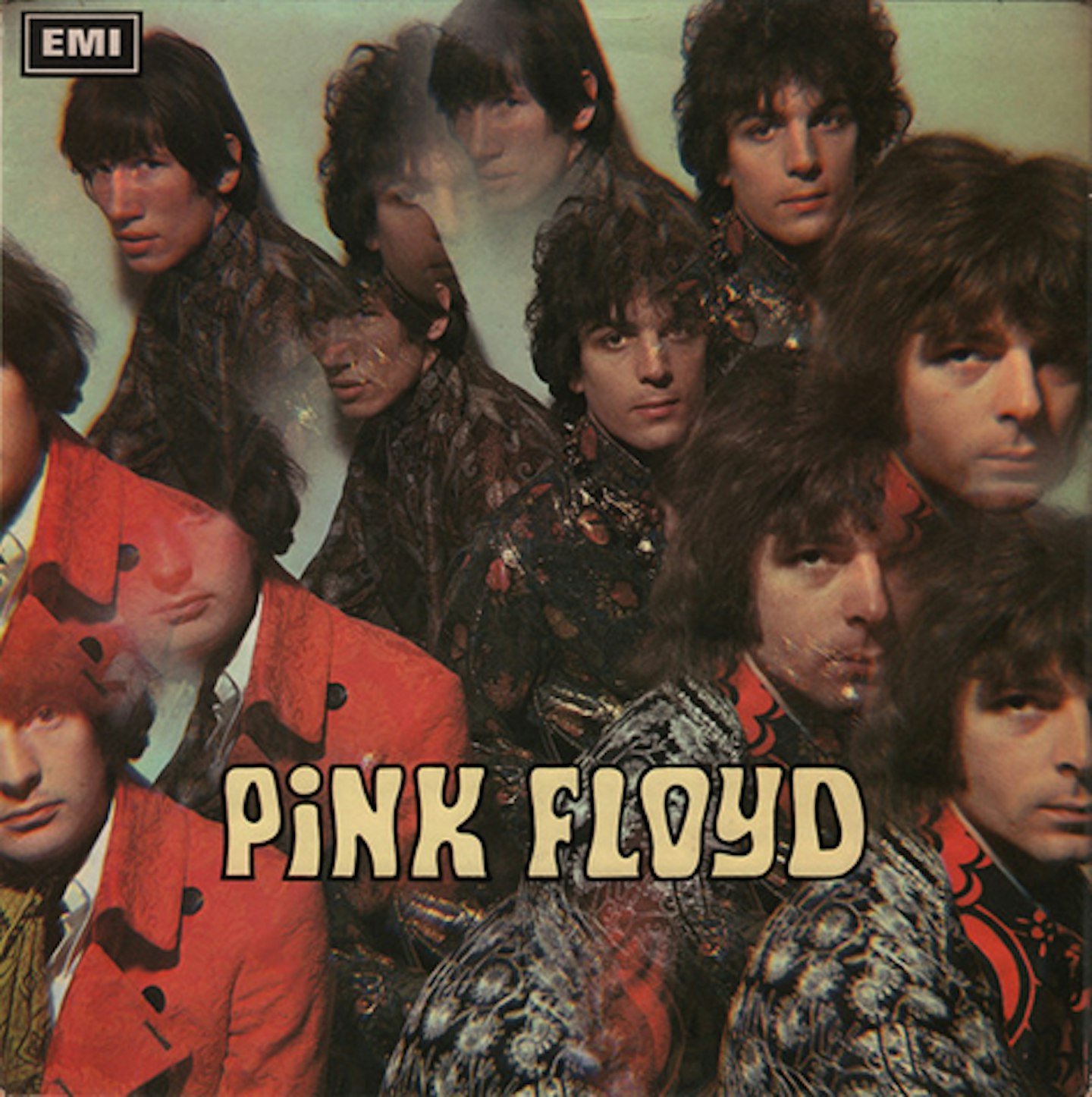
In many regards, this is the anti-The Dark Side, a wide-eyed Summer of Love leap into psychedelic abandon with barely a hint of progressive polish, let alone thematic rigour. But, propelled by the songwriting and fantastical imagination of Syd Barrett, Piper… has its own internal logic, balancing electrifying, state-of-the-art improvisations (Interstellar Overdrive; Pow R. Toc H.) with troubadour trip-outs back to childhood (The Gnome; Bike), mediaeval times (Matilda Mother) and countryside (The Scarecrow). Barrett’s perfectly enunciated Englishness and jutting Telecaster rhythms prevail, as Rick Wright’s Phantom Of The Opera Farfisa runs provide a gothic sideshow.
1.
The Dark Side Of The Moon
HARVEST, 1972
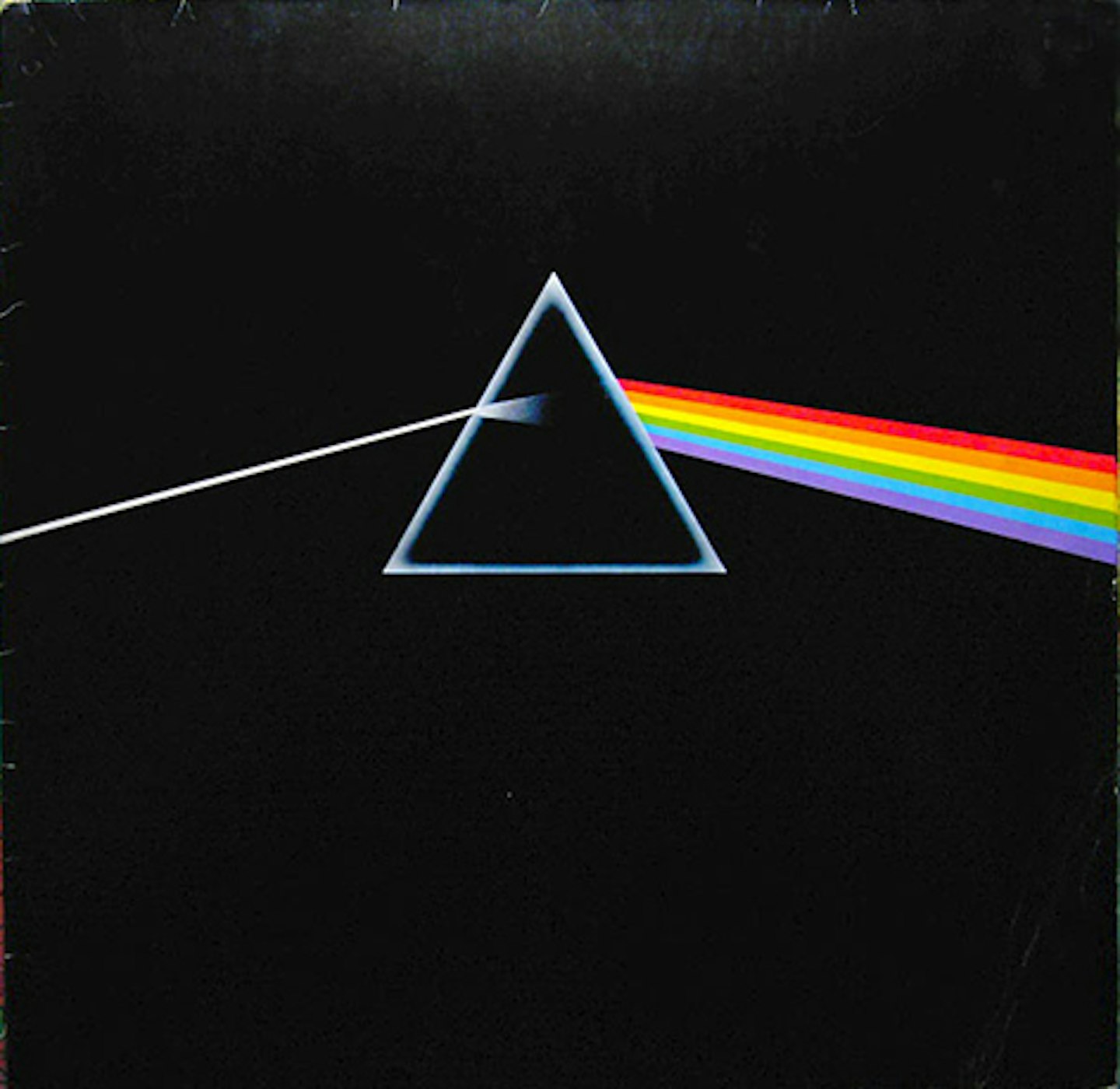
While rightly regarded as a peak of prog rock invention, The Dark Side… also owed a little to the Stones’ Exile… (the soulful backing vocals) and Bowie’s Ziggy Stardust (wrapping loosely related material into a concept). The result was a record that defined the decade, that became more famous than the band themselves, and an enduring rock classic that still sounds as crisp and relevant as it did 40 years ago.
Waters would never again write so elegantly about madness and alienation, while the band, now with Gilmour vocally to the fore, were never more balanced. And with no dud in sight, audiophile-friendly production and a rousing, meaningful finale, The Dark Side… more than justifies its reputation.
Picture: Getty
